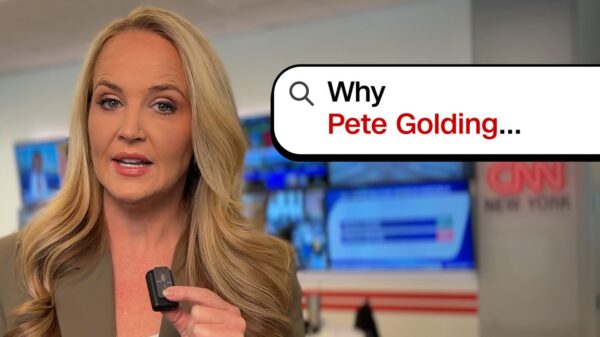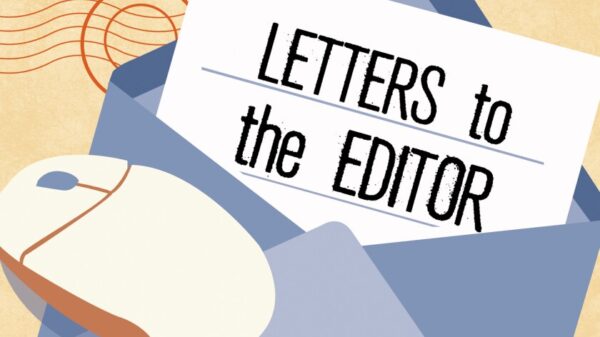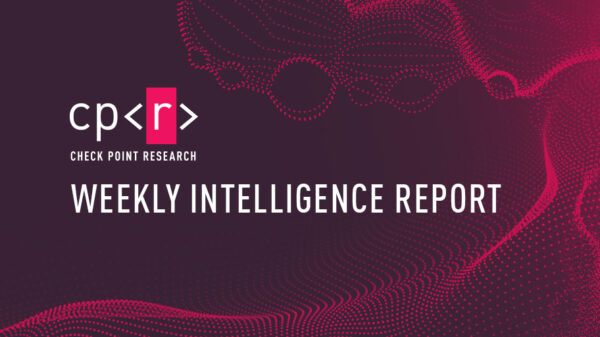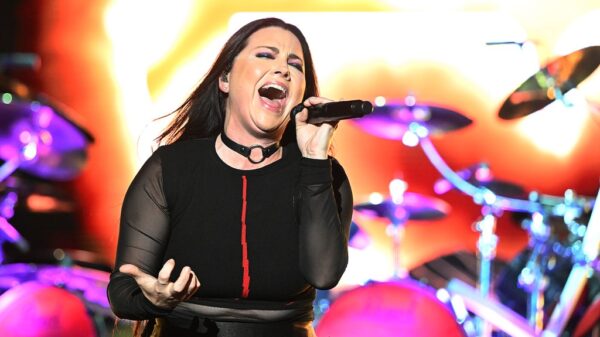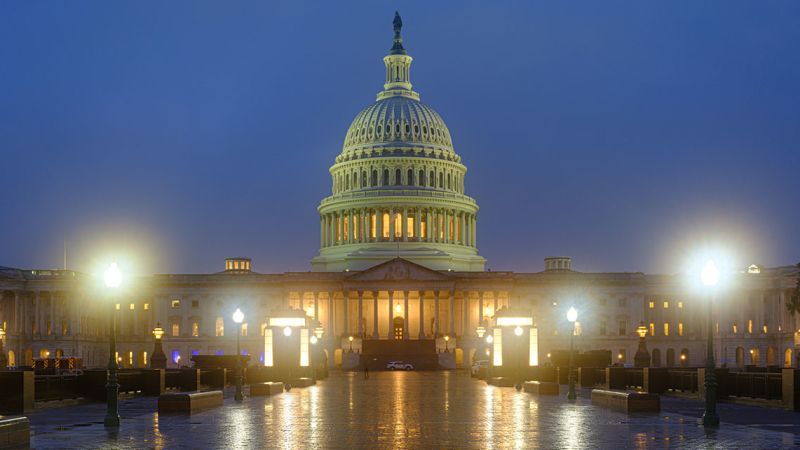The upcoming midterm elections in 2026 present a significant opportunity for the Democratic Party, as historical trends suggest that the party not holding the presidency typically benefits during these elections. Since the Civil War, the opposition party has gained seats in the House during all but four midterm elections. Current sentiment against President Donald Trump further bolsters this potential, as recent Gallup data indicates he holds the lowest approval ratings for both his first and second terms since at least John F. Kennedy.
Despite these favorable conditions, the Democratic Party faces a substantial challenge regarding its public image. Recent polling from the Wall Street Journal reveals that 63% of registered voters hold an unfavorable view of Democrats, marking the party’s worst ratings in over three decades. A Quinnipiac University poll and findings from CNN echo this sentiment, showing low approval ratings for Democrats not seen since 1992.
Many Democratic leaders may interpret these unfavorable numbers as less significant, reasoning that midterms often reflect public opinion on the sitting president. However, the reality remains that a significant portion of the electorate is dissatisfied with both Trump and the Democrats. This dissatisfaction could lead to lower voter turnout for Democrats or a shift toward Republican candidates, especially given the current political climate.
A deeper look into the Wall Street Journal poll reveals alarming trends for Democrats. The poll not only assessed party favorability but also evaluated which party voters believe is better equipped to handle key issues. On a range of ten critical issues, Democrats only led in two—health care and vaccine policy. In contrast, Republicans garnered substantial leads on pivotal topics such as the economy (39% to 27%), inflation (38% to 28%), and immigration (45% to 28%).
Notably, the Republican Party also outperformed Democrats on foreign policy (39% to 31%) and tariffs (37% to 30%). This indicates a troubling disconnect, as voters disapprove of Trump’s handling of these issues yet still prefer congressional Republicans over Democrats, often by significant margins. For example, while Trump was disapproved by a 9-point margin regarding the economy, Republicans had a 12-point advantage over their Democratic counterparts on this same issue.
This trend is not isolated to the Wall Street Journal findings. Previous polling by Reuters-Ipsos in April revealed that Americans preferred Republicans on six out of eleven issues, with substantial leads on immigration, the economy, and foreign policy matters. Furthermore, a recent CNN poll indicated that Americans perceive Republicans as the party of “strong leaders” by a margin of 40% to 16% and as the “party of change” at 32% to 25%.
While these statistics do not definitively predict Democratic losses in the upcoming election, they highlight the challenges the party faces. Trump’s unpopularity may be the most significant factor influencing the electoral landscape. Nevertheless, the perception that Republicans are better positioned to address critical issues could impact voter turnout and preferences.
As analysts G. Elliott Morris and Mary Radcliffe noted, relative party images tend to be reliable indicators of election outcomes. Given the Democrats’ current standing, they may need to reassess their strategies to ensure they capitalize on Trump’s vulnerabilities. The upcoming months will be critical as the party seeks to improve its public image and messaging ahead of the elections.



